Arduino-powered Active-tracking Solar Panel
Solar panels are more common these days, whether arranged in fields as collection arrays, on the roof of homes, or as part of your camping or festival gear to keep mobile devices topped up.
Developments in technology mean that solar power is becoming more and more important as a viable alternative to fossil fuels. But how can it be made more efficient? One way is to ensure that the positioning of solar panels is optimal.
After all, placing panels flat and on a flat roof doesn’t deliver the best elevation for the maximum possible sunlight-to-electricity conversion. Similarly, better storage, improved cells, and intelligent distribution (ensuring solar-generated power is used to power devices and systems as and when) can all maximise the output from solar panels. But what other efficiencies can be made?
One possibility has been explored by YouTuber GreatScott!, who has demonstrated the use of tracking to ensure a solar panel maintains the optimal angle and position in relation to the sun.
To create this, he has used an Arduino Nano, two SG90 servos, four photoresistors, and four 1k ohm resistors. You’ll find the circuit and code on the project’s Instructables page. The project also utilises a 3D printed, servo-controlled pan and tilt construction, which GreatScott! has enhanced with an additional solar tracker device, which the four photoresistors are mounted on. Naturally, you’ll need an existing (and working) solar panel to incorporate into the build.
The idea is simple. As demonstrated in the video, the photoresistors detect the position of the sun and the servos alter the position of the solar panel as necessary. As well as moving left and right in an arc, the active tracking solar panel also adjusts elevation to track the sun.
With the optimum position for collecting solar power achieved, efficiency should improve. But just what improvements are possible? GreatScott! used this project to establish how much more efficient an existing, horizontally-positioned solar panel might be. The results, although inconclusive (due to a short sample time, among other factors), indicate that the active tracking solar panel has between 15-30% better energy collection than its flat competitor.
It’s a fascinating experiment that surely has implications for the future, if only for portable solar panel solutions...




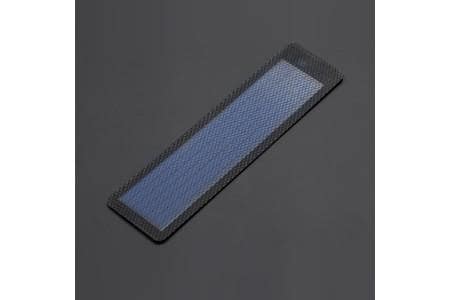
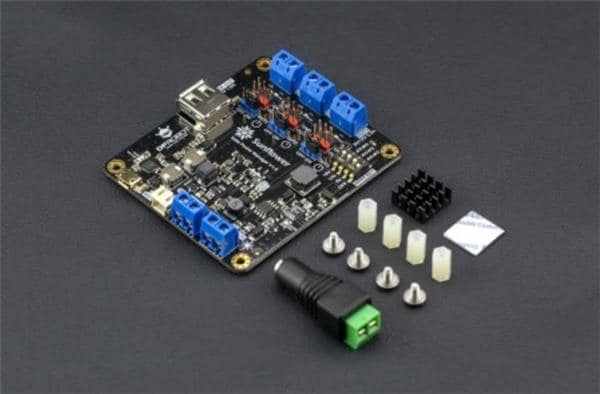
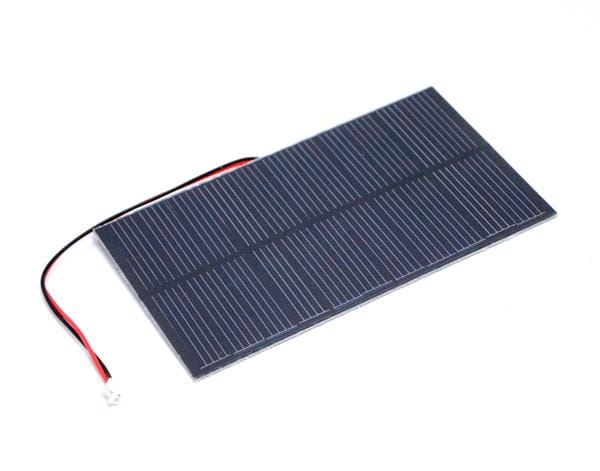
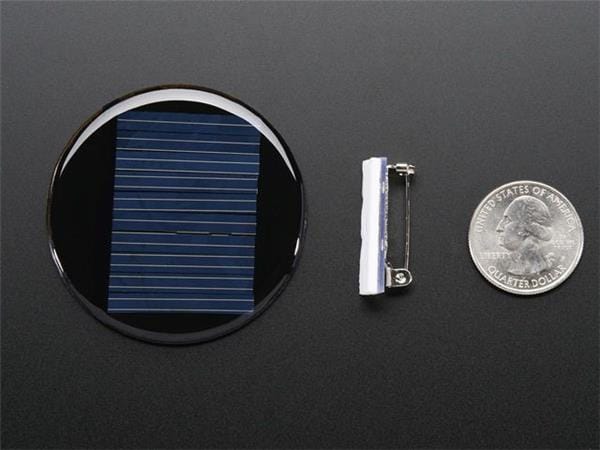
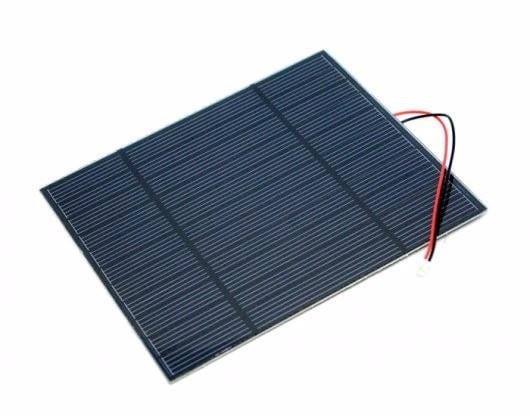
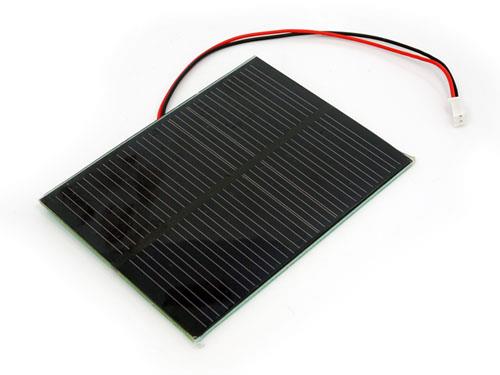
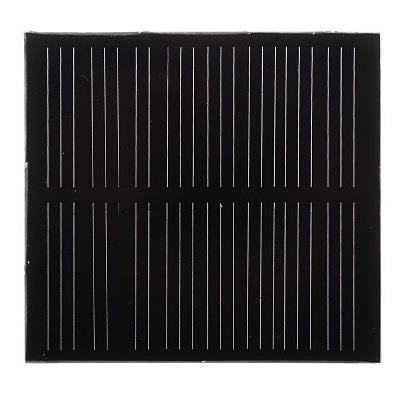
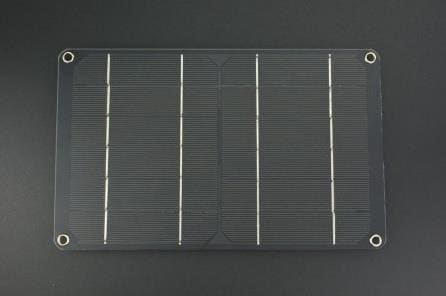
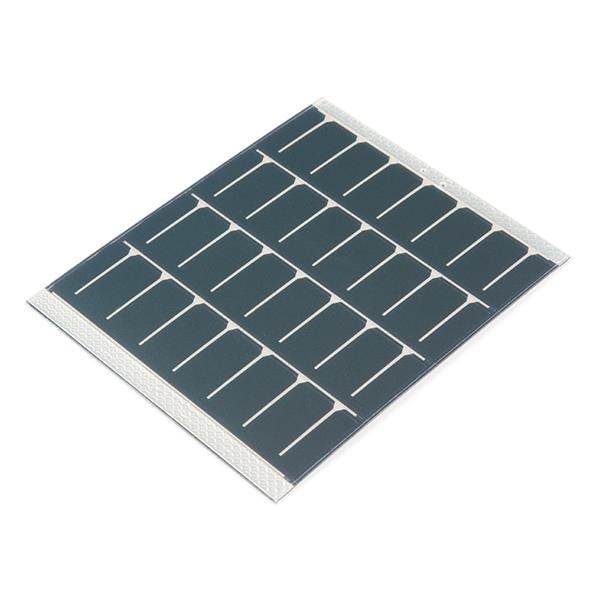
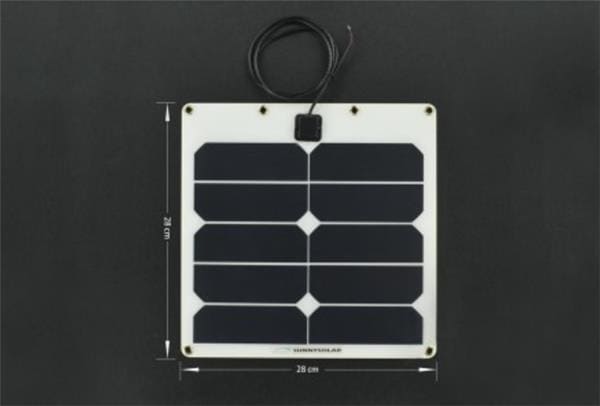
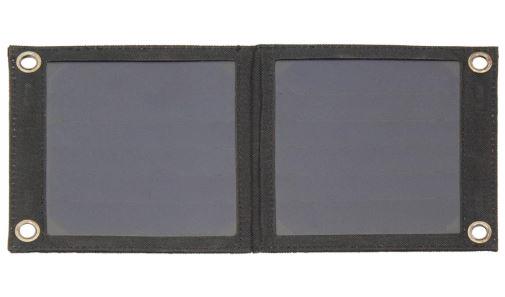
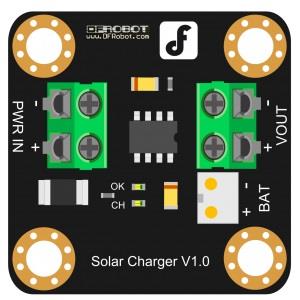
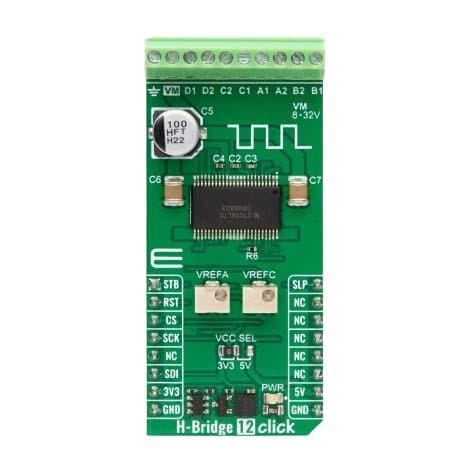

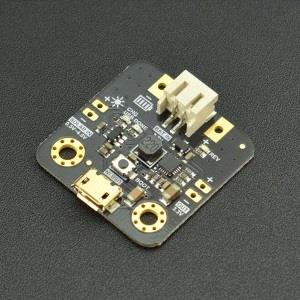
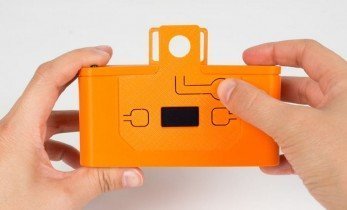
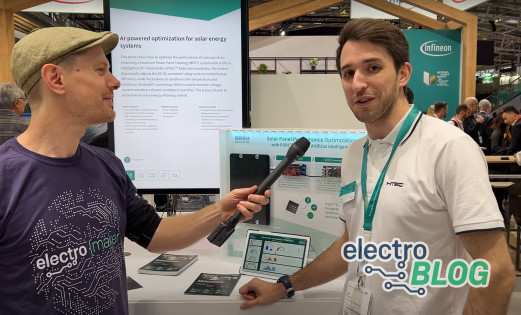



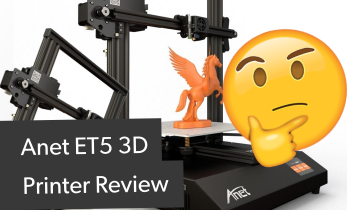






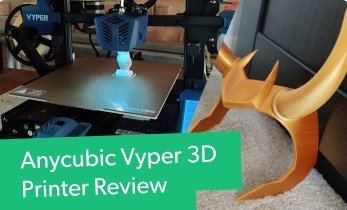
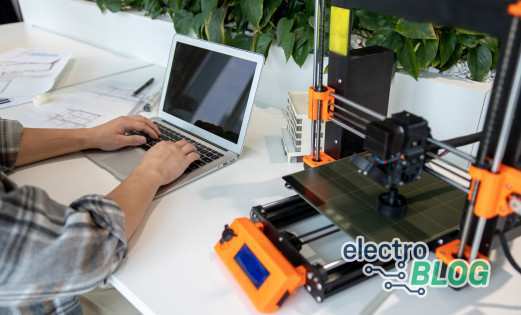

Leave your feedback...